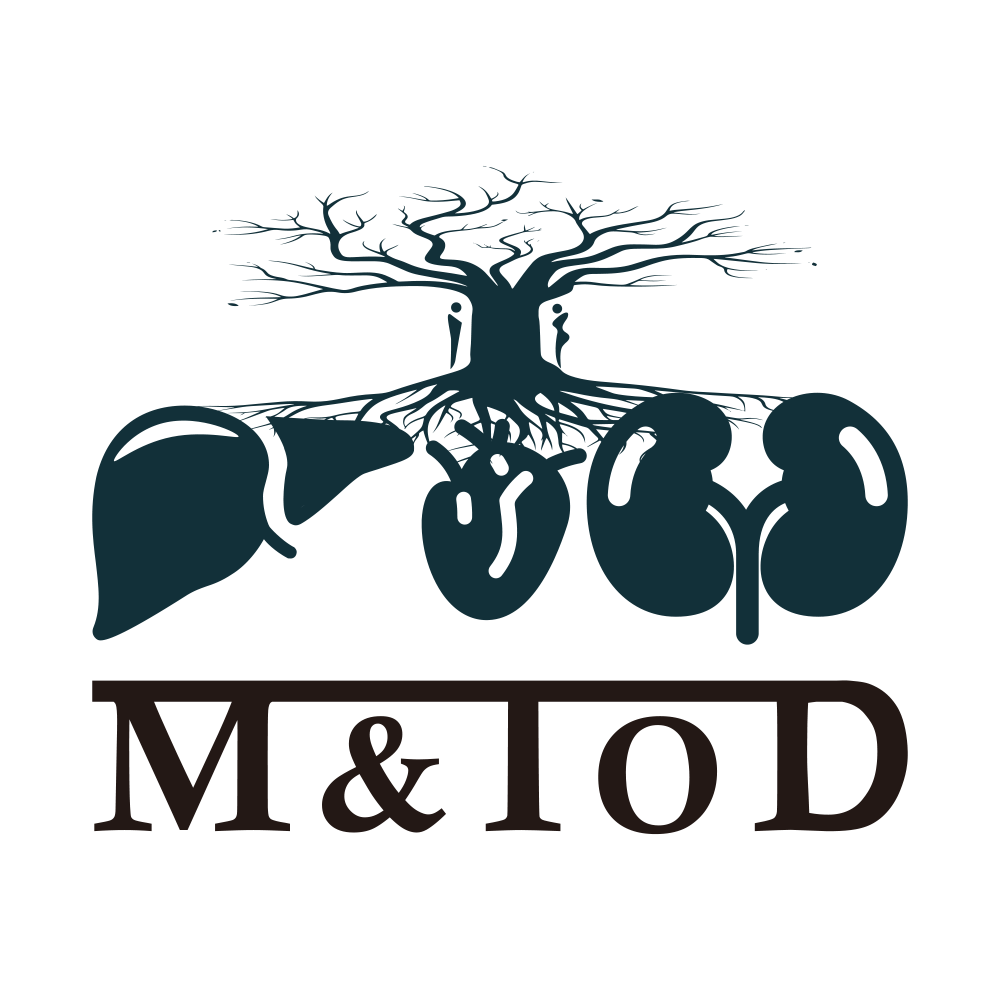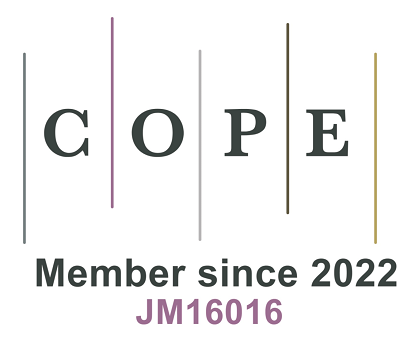fig2
Figure 2. Bilirubin reduces lipid levels in HFD-fed mice. (A) Experimental design for each group in the HFD mouse model; (B and C) Food intake and body weight; (D-G) Effects of bilirubin on blood TG, TC, LDL-C, and HDL-C levels; (H) Liver weight (g/mouse); (I and J) Effects of bilirubin on hepatic TG and TC levels; (K and L) Effects of bilirubin on serum ALT and AST levels; (M) Macroscopic evaluation of hepatic morphology, along with histopathological examination of the liver, WAT, and BAT. Scale bar = 50 μm. n = 3. HFD: High-fat diet; TC: total cholesterol; TG: triglyceride; LDL-C: low-density lipoprotein cholesterol; HDL-C: high-density lipoprotein cholesterol; ALT: alanine aminotransferase; AST: aspartate aminotransferase; WAT: white adipose tissue. *P < 0.05; **P < 0.01; ***P < 0.001 vs. HFD.










